Main entrance
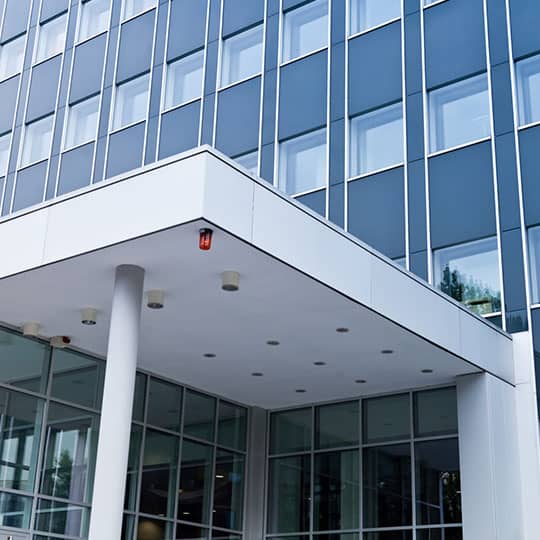
Easy opening, risk-free closing. Patients, the disabled and the elderly should be able to open the door easily and close it again without the risk of it hitting someone when it is released.
No unauthorised duplications. Keys change hands all the time, unauthorised copies must be prevented at all costs.
Wards
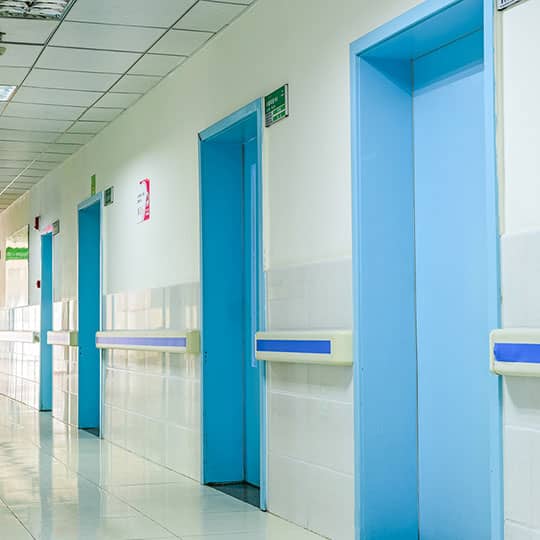
Preventing the spread of bacteria. War must be waged on germs.
Quieter wards. Noise stops patients getting the rest they need. It must be deadened.
Personal belongings. Patients' belongings must be safe at all times.
Controlling entry. Entry to the ward must be controlled.
Fire doors

Everything up to standard. Fire doors must close properly in the event of fire and open easily.
The door should be easy to open. And close, without the risk of it hitting someone.
Gradual closing. So staff can go through with stretchers, trolleys... without it closing suddenly and still respecting the regulations.
Emergency exits
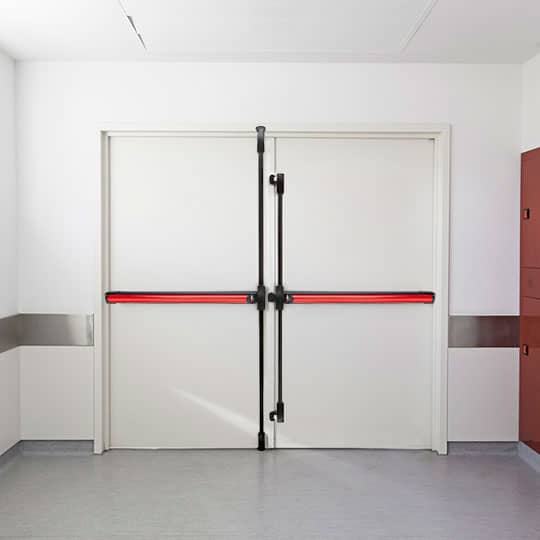
Immediate safety. In an emergency it must be easy for everyone to escape.
Preventing unauthorised access. Stop suspicious characters entering the building, while respecting the regulations.
Diagnostic and outpatients' departments
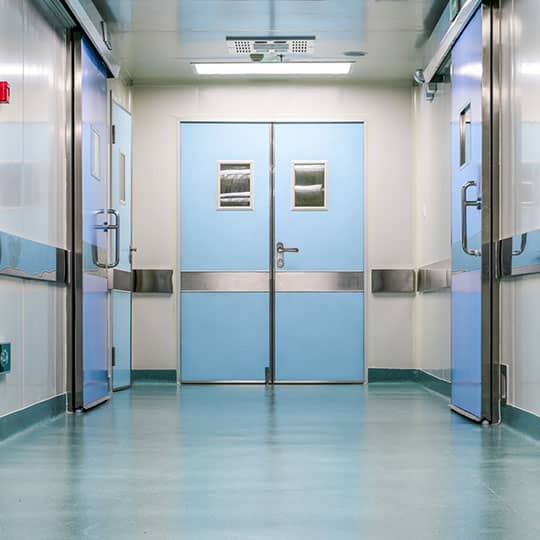
Safe whenever the door is opened. The door must close slowly so staff can go through with stretchers, trolleys and medical equipment
Greater control in certain departments. Some areas need more access control and only authorised personnel must be granted entry.
Sensitive areas
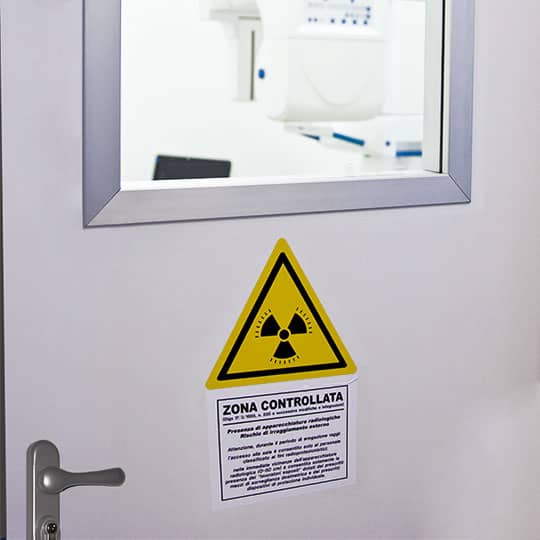
Limited access to certain departments. Laboratories, radiology, management offices, technical rooms, treasury services... Only authorised staff must be granted access to certain rooms.
No unauthorised duplications. Keys change hands all the time, unauthorised copies must be prevented at all costs.